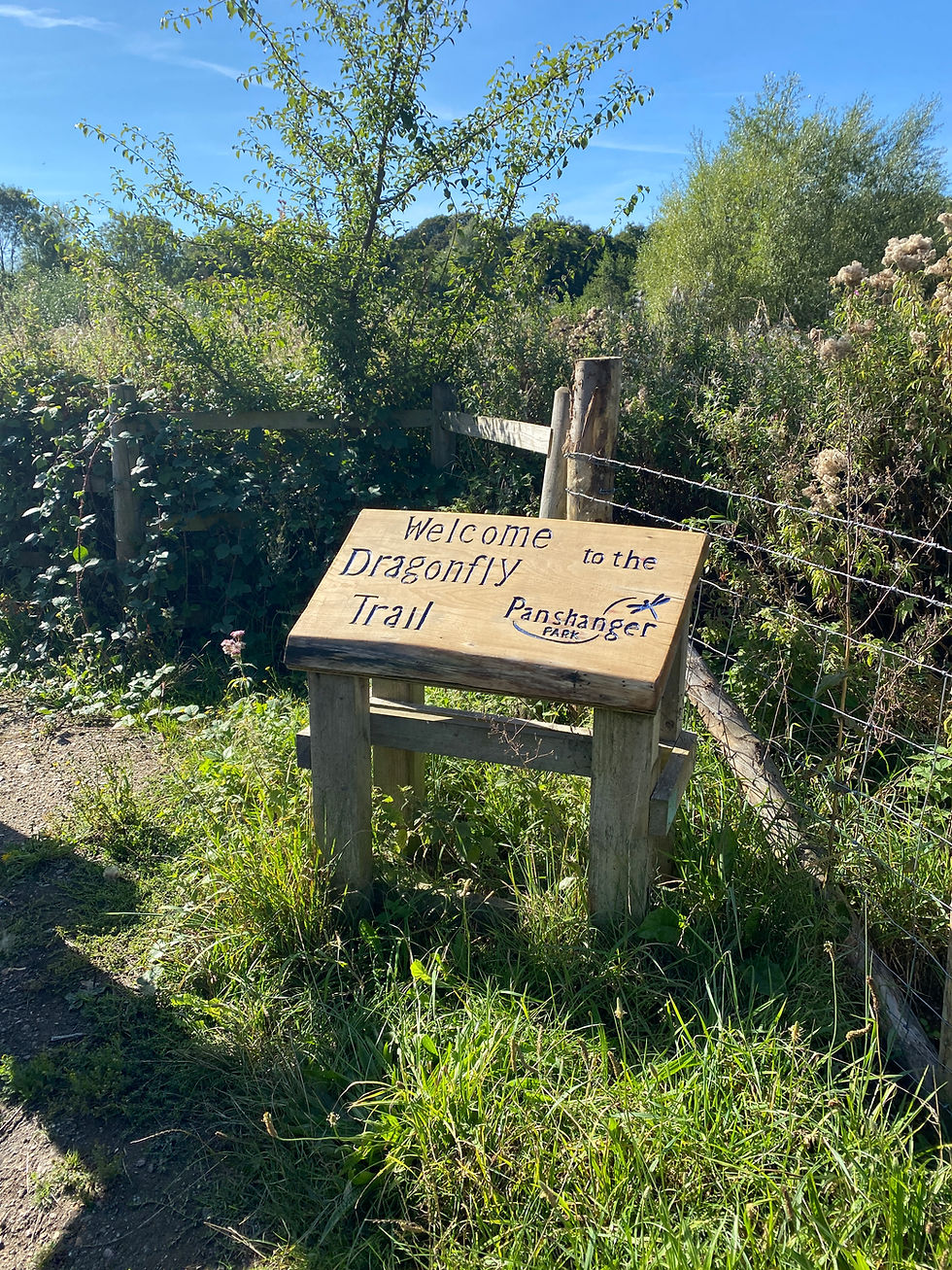Meet Fellow Members - Henrietta & Nicholas Buxton
- Alice Clark

- Apr 15
- 3 min read
Updated: Jun 6
Easneye is a farming estate in rural East Hertfordshire. Henrietta and Nicholas Buxton live at Watersplace, near a ford and an old crossing of the river Ash. So much of the character and charm of the farm derives from this river: the riffles and glides of the stream, the water meadows, the valley that the Ash has cut through the chalk, and the woods that perch on the higher ground.

In the middle of the 19th century, Nicholas’ forbears spotted the appeal of this corner of Hertfordshire. They understood that the railways would allow them to commute to the Brewery near Liverpool Street, and in the space of just a few years they assembled a land holding that in large part survives to this day. Thomas Fowell Buxton commissioned Alfred Waterhouse to build a fine mansion - a house that is now occupied by All Nations Christian College - a Home Farm, several cottages, and a Mission hall which now serves as Nicholas’ office.
From his desk in London, the farming enterprise seemed to Nicholas to be a regular and predictable enterprise, that would allow him time to concentrate on diversification and other projects. But the last few years have taught him that this is not the case at all. The pace of change has accelerated. The weather has become less predictable and more extreme. The cost of inputs and the sales price of outputs varies hugely from month to month. The advances in regenerative farming are exciting, but these new ideas pose far-reaching questions as to how we should be farming. And which of us doesn’t sympathise with Jeremy Clarkson – that most unlikely and effective ambassador for our industry – when he rants in Clarkson’s Farm? “Defra says there are definitely new rules coming, but we don’t know what they are yet. What do they want us to do? It’s like FIFA saying we’re having new rules for next year for football. While the teams are saying, well what are we having? No goalkeepers, two balls on the pitch, is it going to be mixed men and women?” But let’s be positive, says Nicholas. Surely, Janet Hughes of Defra is to be trusted and recent announcements[1] provide much more of the detail we need to plan for life without BPS.

And there’s a lot going on. While the home team is ready and willing to face these many challenges, both driving for efficient and productive farming and embracing the complexities of a large stewardship scheme, many others play a part. To name but a few, there are the volunteers that check the Barn owl boxes, the river fly monitors that track water quality, the litter pickers who support Henrietta in clearing the lanes and paths, the birders that keep watch on our ravens, the lapwings and thrushes (all six were spotted in a field on the same day recently … can you name them?*), and the PCSOs who lend a hand when the ne’er-do-wells make mischief. Easneye is what it is because so many people lend a hand.

“Right from the beginning”, says Nicholas, “and coming new into farming, I needed a team I could trust, people who had a grasp of the detail and the practicalities of combining farming with conservation. I was incredibly lucky to come across Elizabeth Ranelagh and the team at FWAG. They have helped in so many years these last 17 years.” Take our ponds, for example, says Nicholas, and the work that Lucy Jenkins has project managed and funded this last couple of years. With Lucy’s encouragement, Henrietta searched the Tithe maps, old ordnance survey sheets and aerial photographs, and came up with 32 potential sites. Over the last couple of years, twelve have been cleared of debris and sludge, and trees have been trimmed or removed to reduce shading. A further five have been created: either long-lost ‘ghost’ ponds that are found and brought back to life, or entirely new ponds we have placed at strategic points in the landscape.
Building on his parents’ tenure much has been achieved since Nicholas came back from London. But there is still much to do. Easneye is pressing ahead on many fronts. The pace of change shows no sign of slowing. That brings challenges but also opportunities. With Spring in the air, there is optimism for the seasons ahead.
[* Ring Ousel, Blackbird, Song Thrush, Mistle thrush, Fieldfare, Redwing]

[1] N.B Originally shared in our spring 2023 newsletter.




Comments